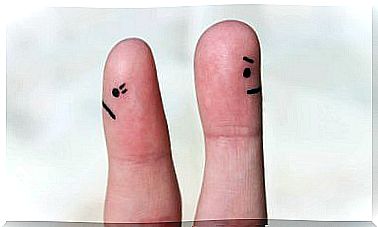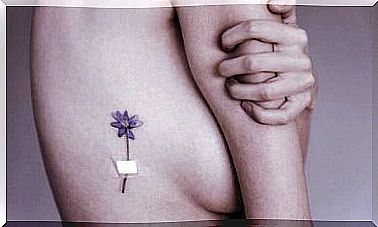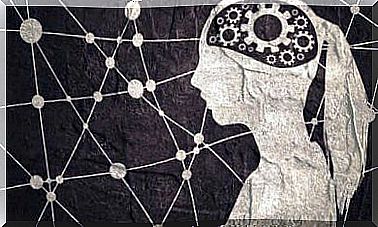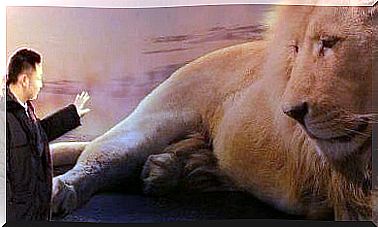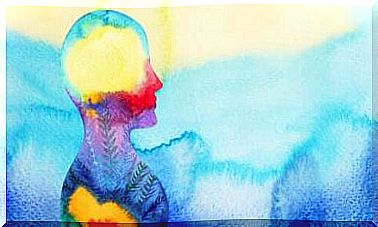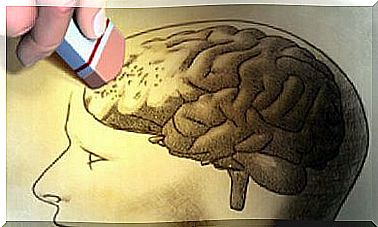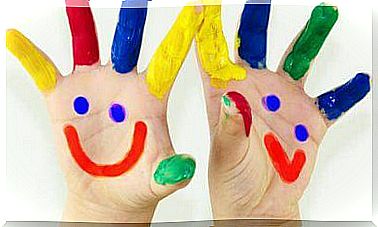When Animals Save Our Lives
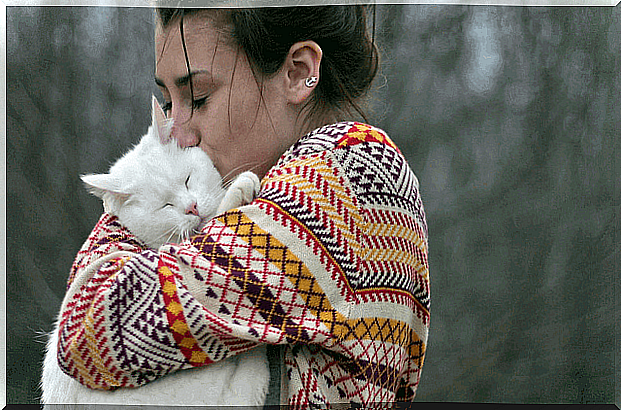
There are animals that save people. They are dogs and cats that, literally, save the lives of their “humans” because they become part of their existence in their time of need. With their closeness, they give a disinterested affection capable of awakening their masters from sadness, fear, loneliness.
Social psychologists reveal that pets are natural figures of human attachment. In fact, they always have been. Our bond with dogs, for example, traces our evolutionary past, when the first social groups welcomed the company of a dog.
Edward Osborne Wilson, a famous biologist and ethologist, coined the term “biophilia”, a dimension that animals themselves have transmitted to us since the earliest times for a very concrete reason. Groups of humans who had one or more dogs with them were more likely to survive. The intimate union between man and dog helped us to better understand the cycles of nature and to look for resources such as water and food. Dogs were faithful companions in hunting and a great company in moments of solitude.
Since then, despite being aware that animals are not human beings, our brains are able to react in the same way in front of them: we release oxytocin when we have them next to them or we hug them. The hormone of affection, compassion and the need for attention are activated when we make eye contact with our animals.
A magical thing, there is no doubt. For this reason, we can say with absolute certainty that even if we adopt the animals, in reality they are the ones who save us.
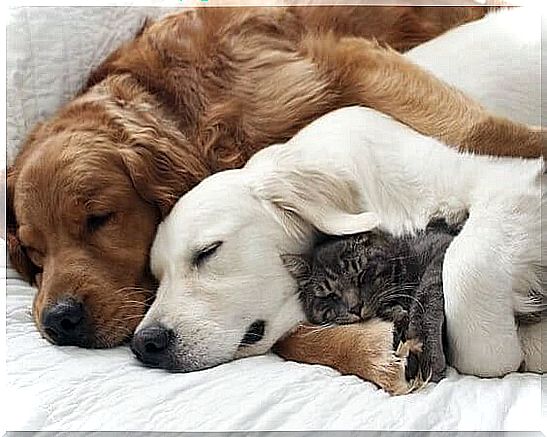
The Afghan dog who “saved” his human friend
We could tell a thousand stories about animals who saved people. However, we want to tell you about a special dog who emotionally “saved” a young soldier who was supposed to leave for Afghanistan. Our protagonist is called Craig Grossi and when the helicopter left him in the Sangin district, he had a very difficult time. The first night the Taliban attacked his unit.
The soldier thought his life was about to come to an end. It was a very long night, but eventually the morning came. The attacks had stopped and Craig was able to look around. Everything was destroyed, there were dust, bullets, pieces of burnt metal, but in the midst of this desolation there was also a dog with a big head resting. The soldier’s first instinct was to call the dog, but then he refrained from doing so because he had heard stories of seemingly good and silent dogs attacking people.
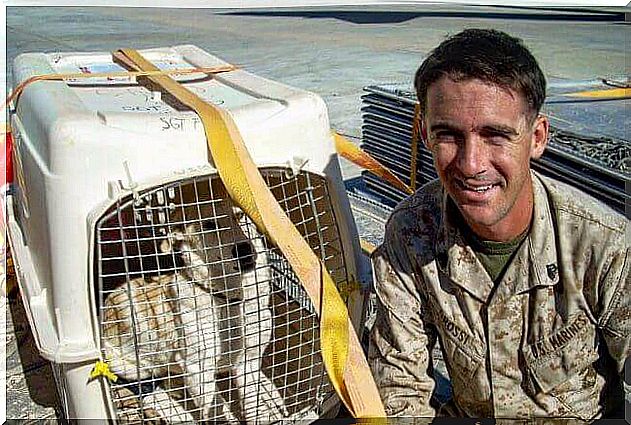
That dog, however, was different. As soon as he saw the soldier, he got up and walked over to him, simply to keep him company. Craig Grossi did not die that day, in fact he found a friend who did not want to be separated from him, who became part of his unit and who gave him strength in the most anguished moments. Fred called him. That complicity was so strong that Craig and his companions hid the dog in the helicopter when they had to change zones, so the “team” would not separate.
Gradually Craig Grossi became aware of the fear he felt at the thought that his four-legged friend could be hurt in such a context. He therefore made an agreement with the couriers of DHL, so that they would secretly bring the dog to the United States where his parents lived. However, just days after his friend left, Craig was involved in an attack that resulted in a brain injury.
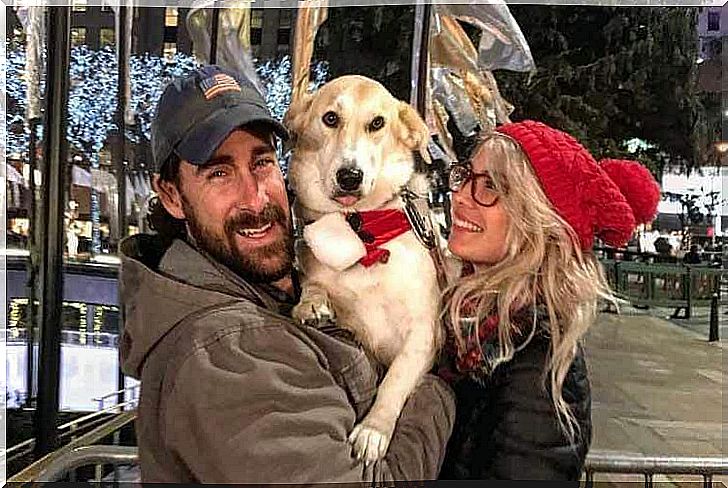
During the entire period in which he remained in a coma, this young soldier never stopped dreaming of his four-legged companion. Somehow, they never separated. When Craig finally recovered and was able to return home to his family and Fred, he thought that what he had experienced would be of some use. For 2 months he traveled to the United States telling his story. Even today these two friends form a fabulous team, an example of the strong bond that can exist between people and animals.
Animals that heal, therapeutic animals
Currently, animal therapies are increasingly widespread and do not stop guaranteeing important results. Guide dogs are a stimulus for children with autism. Retirement homes for the elderly are also regularly visited by trained dogs who offer unconditional affection and great interaction with people with dementia.
We cannot forget that in an area closer to us and less clinical, pets continue to be an indispensable attachment figure. In fact, according to a study conducted in 2011 and published in the Journal of Research in Personality , this kind of attachment is one of the healthiest and most positive bonds at all levels: physical, emotional and cognitive.

An animal, like a cat or a dog, knows how to connect with its “human” through its gaze. That magical and unexpected touch is truly amazing for anyone who has never had a pet. The classic phrase immediately comes to mind: “it seems that he really understands me!”.
An animal will not know the source of our problems or our disappointments or frustrations. It will not even be able to give a solution to our existential doubts. It simply lets itself be guided by our emotions, by the “here and now”, instantly identifying our joys or our sadness. For animals, nothing else matters, they just want us to be receptive to their stimuli, their gestures, their needs, their games, their affection.
Because, in the end, what really matters in life is just that, being well, living peacefully with good friends next to you. Two or four-legged.
